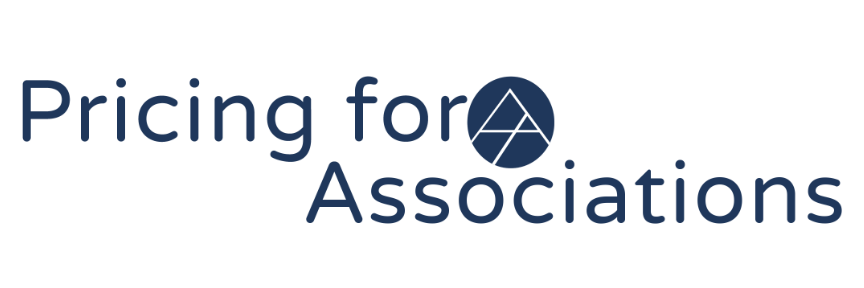Organizational Decision-Making for Value Delivery
The following is an excerpt from our book, Pricing for Associations, available now on Amazon.
Before diving headfirst into making value adjustments and fine-tuning your offerings, it's crucial for associations to conduct a candid organizational check-in. This introspection helps determine if you have the bandwidth, resources, and strategic alignment to execute these adjustments effectively. To navigate this crucial phase, we recommend a valuable tool: the High-Low Exercise.
The High-Low Exercise: Assessing Value and Effort
The High-Low exercise is a powerful technique to evaluate the components of your membership or any other product your association offers. It enables your team to methodically assess each element based on two key criteria: value to members and the effort required to provide it.
Step 1: Listing Your Features
Begin by creating a comprehensive list of all the features within your product or package.
Step 2: Rank High or Low Value
As a team, assess each feature’s value to your members. The litmus test here is whether a particular offering is a make-or-break factor for members when deciding to renew their membership or engage with your product. Items deemed indispensable fall into the 'High Value' category, while those considered non-critical are categorized as 'Low Value.' We recommend using a 5-point scale where 5 is ‘High Value’ and 1 is ‘Low Value.’ It is imperative that you do not rank value based on your team or Board’s assumptions. Use prior survey data, conduct a new survey - just get the voice of the customer.
Step 3: Rank High or Low Effort
Now, revisit the same list and determine the effort required from your organization to provide each feature. Consider factors like staff time, resources, and budget. High-effort items are those that consume a significant amount of your organization's resources, while low-effort items require minimal resources and are often automated or outsourced. Once again, we recommend a scale of 1-5, where ‘High Effort’ is a 5 and ‘Low Effort’ is a 1. Here are some questions to guide your evaluation of effort:
Time and Staff Cost: How many hours or staff resources does this component consume compared to what was budgeted or anticipated?
Technology Usage: How much of your technology resources are allocated to support this component, and what is the associated cost?
Efficiency Opportunities: Are there ways to streamline or optimize the effort involved? Could you use new technology, reassign the task to a lower-cost role, or outsource it?
Step 4: Mapping the Results
After completing the High-Low exercise, you'll be able to map each component into one of four quadrants:
High Value, Low Effort: These are your golden opportunities. These components provide significant value to members while requiring minimal effort from your organization. They represent the ideal components to scale up and optimize.
High Value, High Effort: These components are vital in attracting and retaining members, but they demand substantial effort and resources. They often play a crucial role in differentiating your organization from competitors.
Low Value, Low Effort: While these components are nice to have and don't consume much time or resources, they don't significantly impact sales or member satisfaction. They can be retained but shouldn't become high-effort projects.
Low Value, High Effort: These components require substantial staff time or resources but yield limited returns. It's essential to reevaluate these items and consider scaling back or revising their Key Performance Indicators (KPIs).
By systematically categorizing your product features, the High-Low exercise helps your team pinpoint areas where quick value additions can justify a slight price increase. Simultaneously, it aids in strategizing larger-scale transformations that can rejuvenate your offerings over the next 2-3 years, ultimately enhancing your value delivery to members, attendees, and sponsors. It also helps with providing data to support sunsetting a program or portion of a program. This introspective approach ensures that your organization's decisions align with your overarching mission and resources, promoting sustainability and success.


